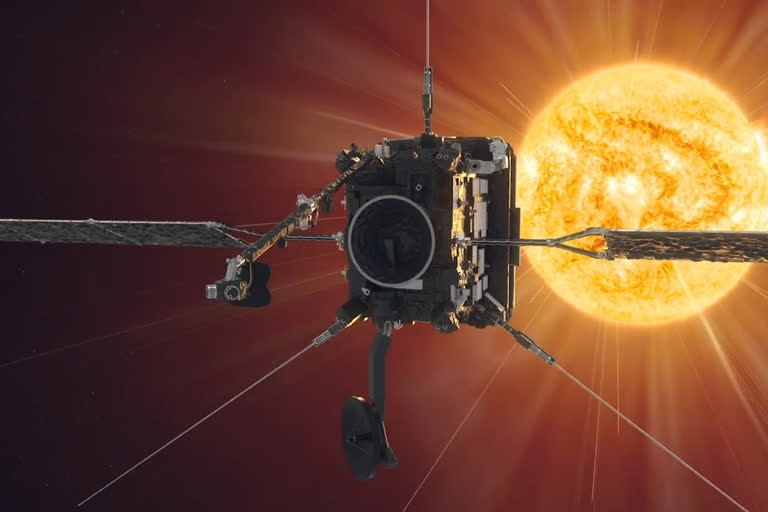Florida: Europe and NASA's Solar Orbiter began its mission back in February this year, blasting off from Florida's Cape Canaveral.
Scientists say the sun-gazing spacecraft made its first close approach to the sun Monday (15 June), around 77 million kilometres. That's about half the distance between Earth and the star.
Experts used the flyby to test the spacecraft's ten science instruments, including six telescopes.
Read also: Astronauts speak from International Space Station
The images taken are the closest images of the Sun ever captured, will be released in mid-July.
ESA said that the spacecraft is currently 134 million kilometres from Earth, so it will take around a week for the images to be sent back to our planet.
Solar Orbiter, a joint mission between NASA and the European Space Agency (ESA), aims to give close-up views of the Sun's polar regions and observe its magnetic activity for the first time.
The research could answer decades-old burning questions about the inner workings of our nearest star.
To get a close-up view, the spacecraft will fly to within 42 million kilometres of the sun, closer than Mercury.
Read also: Back in the game: SpaceX ship blasts off with 2 astronauts
At that distance, it will face temperatures up to 600 degrees Celsius.
If the mission works as expected, Solar Orbiter will be able to take the first images of the Sun's poles as well as investigate the heliosphere and solar wind.
After sling-shotting around Venus, it's expected to make its first close solar pass in early 2022.
The Associated Press filmed the Solar Orbiter spacecraft at the IABG National Space Centre in Germany about four months before launch.
"We need to know much more about the way the sun interacts with us back on Earth," said Mike Healy, head of science projects at the European Space Agency, back in October 2019.
"And whether it's for electronics on Earth, or whether it's for astronauts in near-earth orbits, we still don't know a lot about how the sun really works. And by the instruments that we have on Solar Orbiter, we will be able to know much more."
The $1.5 billion spacecraft will join NASA's Parker Solar Probe, launched one and a half years ago, in coming perilously close to the sun.
(AP)



